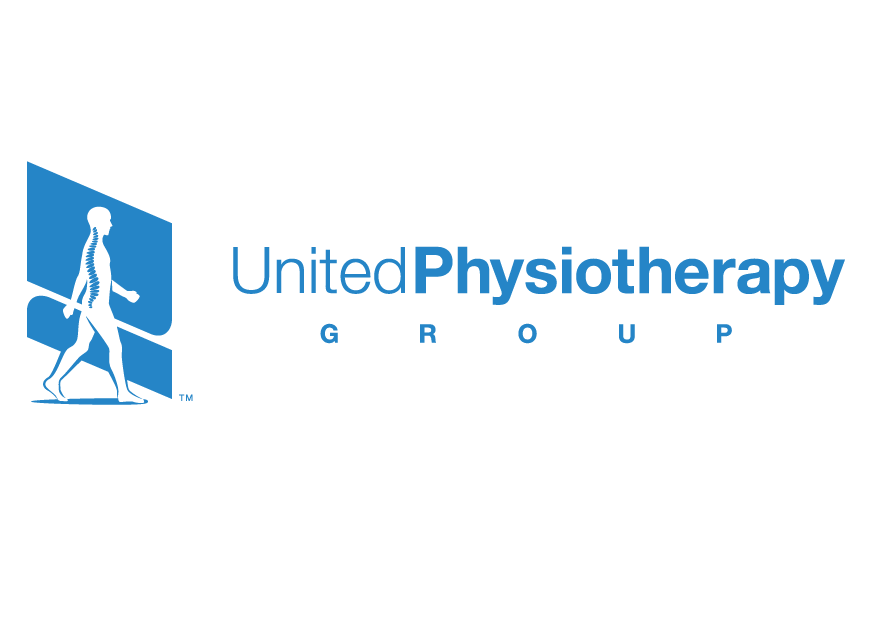What is Rotator Cuff Related Shoulder Pain?
The term ‘Rotator Cuff Related Shoulder Pain’ or RCRSP is a term proposed by Jeremy Lewis in 2016 (a guru in shoulder research). RCRSP is an umbrella term that encompasses previous shoulder pathologies you may have heard or such as - Bursitis with the shoulder - Rotator cuff tears - Rotator cuff tendinopathies - Sub-acromial pain
This encompasses 50-85% of all shoulder pain (Dubé, et al - 2020).
What is our Rotator Cuff?
The rotator cuff is a group of 4 muscles that arise from the scapula and insert onto our humeral head, forming a ‘cuff’ around our Glenohumeral joint (shoulder)
What is the function/role of the Rotator cuff?
The role of the rotator cuff is to dynamically stabilise the humeral head (Ball) into the glenoid fossa (Socket) whilst the shoulder is moving. Different amounts of rotator cuff muscle recruitment depending on the shoulder movement itself but simply it acts as a ‘stabiliser’ for the shoulder throughout.
The other, more obvious role, is to rotate the shoulder into internal and external rotation.
Common Signs and Symptoms of Rotator Cuff Related Shoulder Pain
Pain:
Rotator cuff-related shoulder pain is generally at the front or outside of the shoulder, with some cases of referred pain that runs down the outside of our shoulder. Pain can also be apparent on the back of our shoulder blade (scapula)
Reduced range of motion:
Symptoms can often arise with lifting your arm out to the side (Abduction of the shoulder) or going into external or internal shoulder rotation. Your range of motion is most commonly reduced due to pain
Weakness and Function impairments:
Tasks that may seem simple can become difficult and painful such as lifting, pulling, overhead movements or reaching behind your back. This can be as a result of pain and weakness from an underlying pathology
How is Rotator Cuff Related Shoulder Pain Treated?
Manual Therapy:
For patients with acute or chronic rotator cuff-related shoulder pain, a range of manual therapy techniques may be used to help decrease your pain level, improve your range of motion and improve function. This can include massage, trigger pointing, dry-needling and many more techniques. This is a very important variable of how we treat as physiotherapists, but it has an even greater effect when paired with strength and conditioning for the shoulder
Strength:
If one of the contributing factors to RCRSP is muscle weakness or poor function then one of the easiest ways to treat RCRSP is STRENGTHING.
There is strong, recent evidence to support that strengthening the shoulder positively reduces pain and improves function (Dubé, et al - 2020).
To say ‘your shoulder is weak’ is a global statement that isn’t very specific for our patients. As physiotherapists, our role is to assess and investigate where you have limitations contributing to your RCRSP. From this, specific shoulder exercises will be prescribed for the appropriate loading to the areas of interest within your shoulder.
Evidence
Lewis J. Rotator cuff related shoulder pain: Assessment, management and uncertainties. Man Ther. 2016 Jun;23:57-68. doi: 10.1016/j.math.2016.03.009. Epub 2016 Mar 26. PMID: 27083390.
Dubé M, Desmeules F, Lewis J, et alRotator cuff-related shoulder pain: does the type of exercise influence the outcomes? Protocol of a randomised controlled trialBMJ Open 2020;10:e039976. doi: 10.1136/bmjopen-2020-039976
Teruhisa, M. Chapter: Rotator Cuff Pathology in Textbook of Shoulder Surgery. Jan 2019. doi: 10.1007/978-3-319-70099-1_8.
<a href="https://www.freepik.com/free-photo/old-senior-man-with-shoulder-pain-upset-senior-elder-man-feel-sudden-back-pain-muscles-ache-tension-injury-home-grandfather-touching-shoulder-having-osteoarthritis-arthritis_28002890.htm#page=2&query=shoulder%20pain&position=7&from_view=search&track=sph">Image by stefamerpik</a> on Freepik


